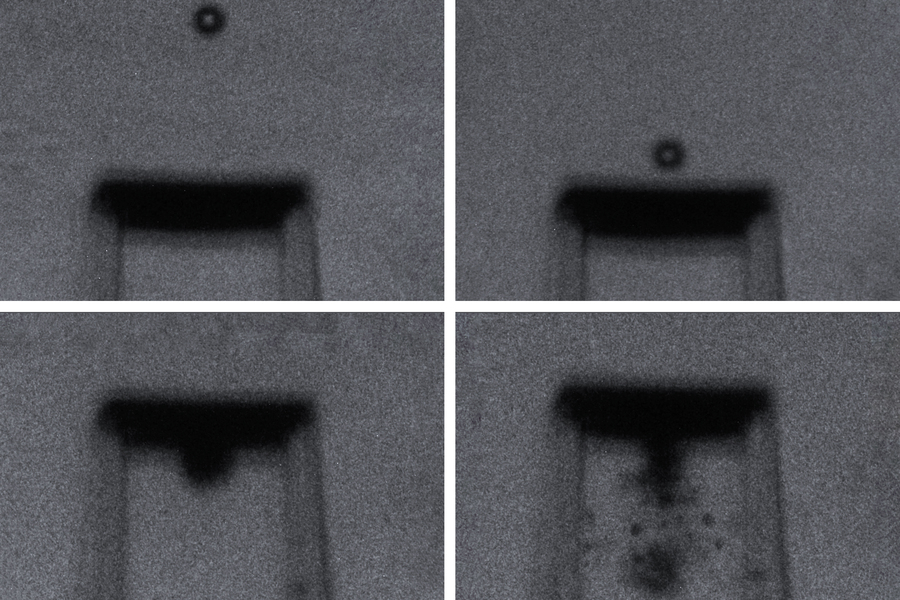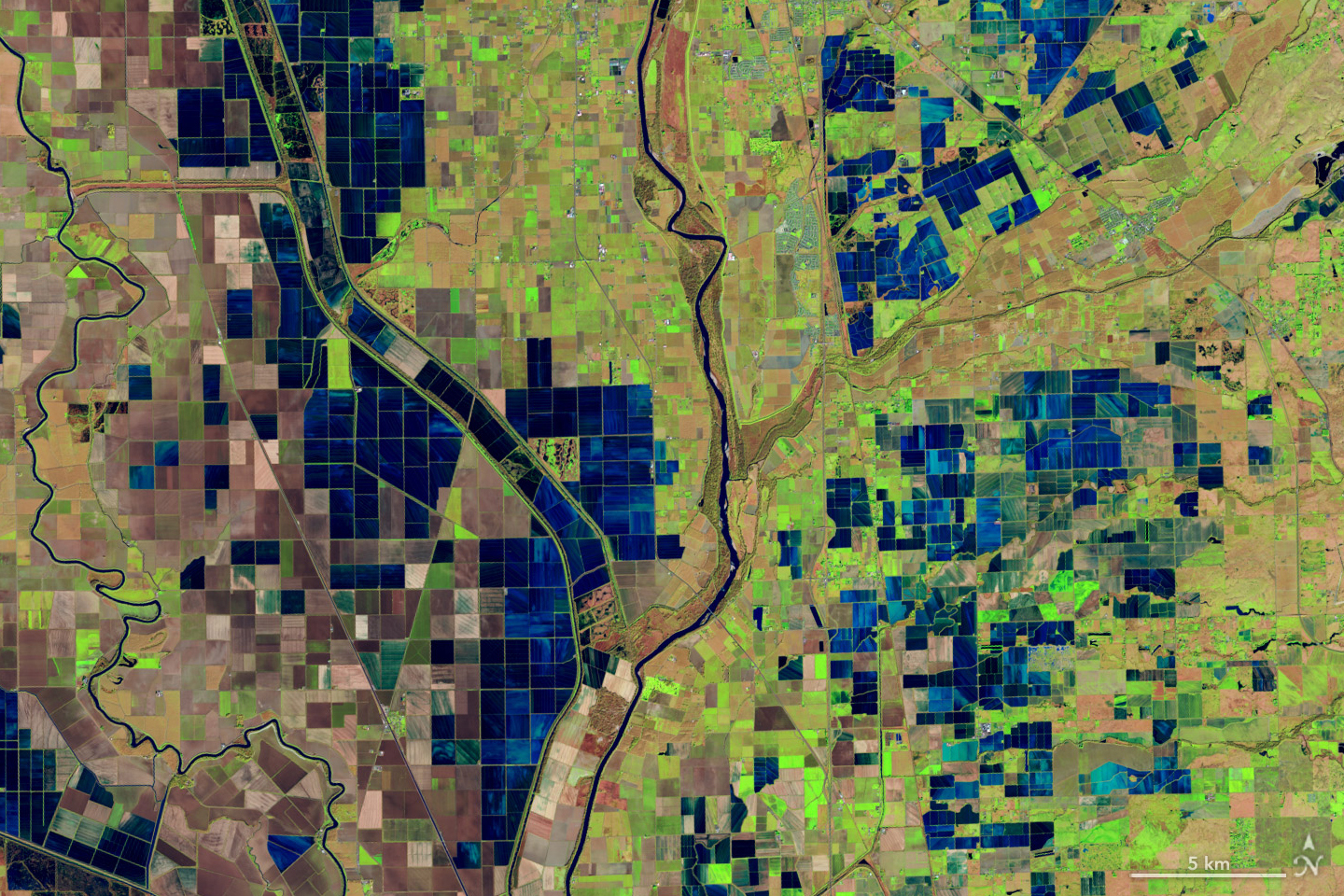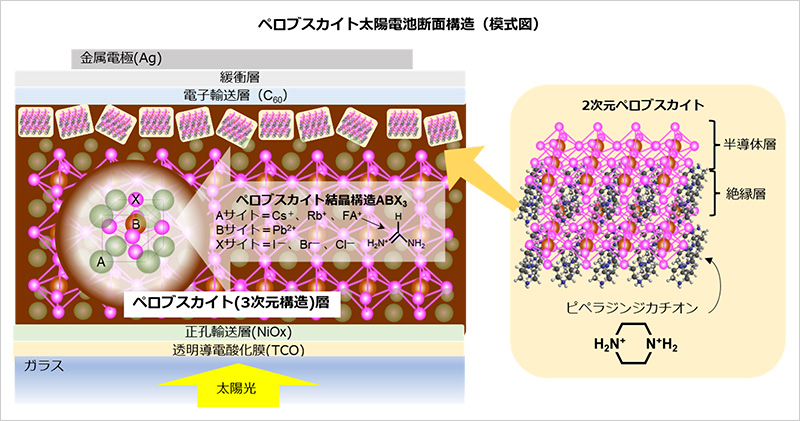2024-01-29 マサチューセッツ工科大学(MIT)

By firing microparticles at supersonic speeds, MIT engineers can test the resilience of various metamaterials made from structures as small as a red blood cell. Pictured are four video stills of a microparticle hitting a structure made of metamaterials. Image: Courtesy of the researchers
<関連情報>
- https://news.mit.edu/2024/benchtop-test-identifies-extremely-impact-resistant-materials-0129
- https://www.pnas.org/doi/abs/10.1073/pnas.2313962121
3D構造材料における粒子衝撃散逸メカニズムのデカップリング Decoupling particle-impact dissipation mechanisms in 3D architected materials
Thomas Butruille, Joshua C. Crone, and Carlos M. Portela
Proceedings of the National Academy of Sciences Published:February 2, 2024
DOI:https://doi.org/10.1073/pnas.2313962121
Significance
Leveraging three-dimensional architecture in materials has led to well-characterized mechanical responses in the static realm, while their responses under extreme dynamic conditions remain a topic of active scientific exploration. Understanding the effect of architecture on energy dissipation or failure characteristics of advanced materials is necessary for the design of next-generation protective materials. Using a tabletop dynamic-impact framework for micro-architected materials, we demonstrate high-throughput characterization of their impact response to velocities of up to 850 m/s, which together with simulations provide insight into architecture-dependent energy dissipation mechanisms. This framework significantly expands the explored parameter space for architected materials and proposes a route for prediction of their dynamic behavior across length scales and impact conditions.
Abstract
Ultralight architected materials enabled by advanced manufacturing processes have achieved density-normalized strength and stiffness properties that are inaccessible to bulk materials. However, the majority of this work has focused on static loading and elastic-wave propagation. Fundamental understanding of the mechanical behavior of architected materials under large-deformation dynamic conditions remains limited, due to the complexity of mechanical responses and shortcomings of characterization methods. Here, we present a microscale suspended-plate impact testing framework for three-dimensional micro-architected materials, where supersonic microparticles to velocities of up to 850 m/s are accelerated against a substrate-decoupled architected material to quantify its energy dissipation characteristics. Using ultra-high-speed imaging, we perform in situ quantification of the impact energetics on two types of architected materials as well as their constituent nonarchitected monolithic polymer, indicating a 47% or greater increase in mass-normalized energy dissipation under a given impact condition through use of architecture. Post-mortem characterization, supported by a series of quasi-static experiments and high-fidelity simulations, shed light on two coupled mechanisms of energy dissipation: material compaction and particle-induced fracture. Together, experiments and simulations indicate that architecture-specific resistance to compaction and fracture can explain a difference in dynamic impact response across architectures. We complement our experimental and numerical efforts with dimensional analysis which provides a predictive framework for kinetic-energy absorption as a function of material parameters and impact conditions. We envision that enhanced understanding of energy dissipation mechanisms in architected materials will serve to define design considerations toward the creation of lightweight impact-mitigating materials for protective applications.



